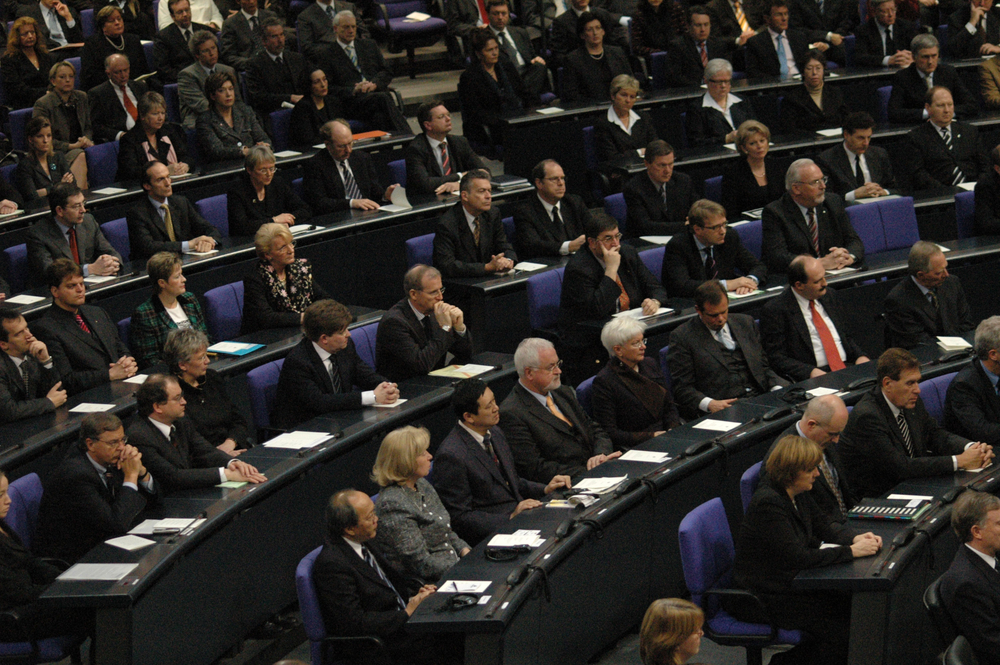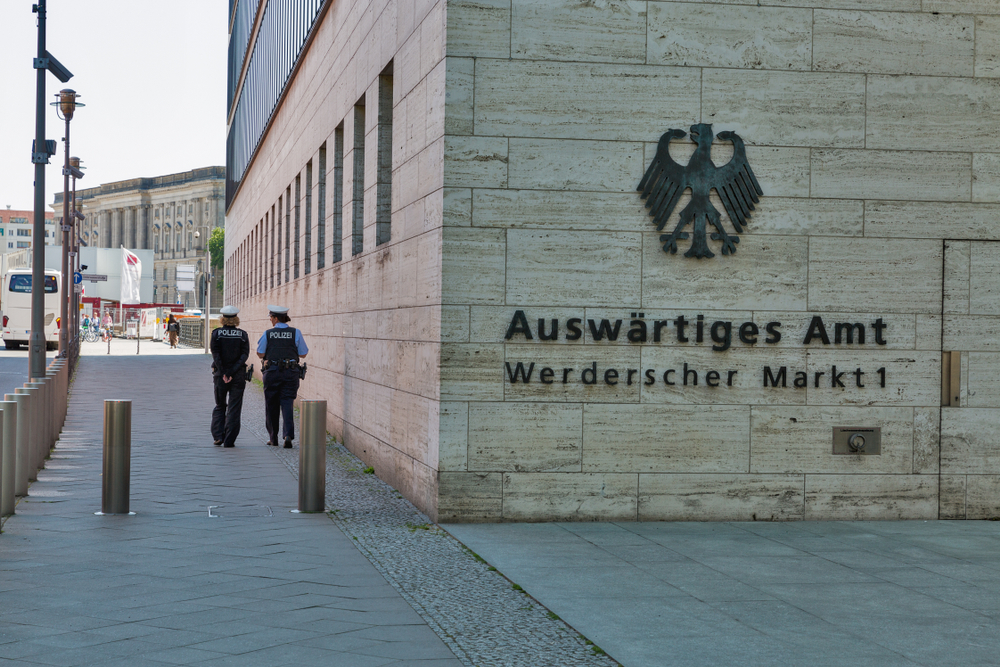Government Overview
Country
Local Long Form: Bundesrepublik Deutschland
Local Short Form: Deutschland
Formerly Known As: German Reich
Etymology: The Gauls (Celts) of Western Europe may have referred to the newly arriving Germanic tribes who settled in neighboring areas east of the Rhine during the first centuries BCE as Germani, a term the Romans adopted as Germania. The native designation Deutsch comes from the Old High German diutisc meaning "of the people."
Capital
Berlin: The origin of the name is unclear but may be related to the old West Slavic (Polabian) word berl or birl, meaning "swamp."
Geographic coordinates: 52 31 N, 13 24 E
Time Difference: UTC+1 (6 hours ahead of Washington, DC, during Standard Time)
Daylight Savings: +1hr, begins last Sunday in March, ends last Sunday in October
Independence
Date: 18 January 1871 (establishment of the German Empire). Divided into four zones of occupation (UK, US, USSR, and France) in 1945 following World War II. Federal Republic of Germany (FRG or West Germany) proclaimed on 23 May 1949 and included the former UK, US, and French zones. German Democratic Republic (GDR or East Germany) proclaimed on 7 October 1949 and included the former USSR zone. West Germany and East Germany unified on 3 October 1990. All four powers formally relinquished rights on 15 March 1991. Notable earlier dates: 10 August 843 (Eastern Francia established from the division of the Carolingian Empire); 2 February 962 (crowning of OTTO I, recognized as the first Holy Roman Emperor).
Constitution
History: Previous 1919 (Weimar Constitution); latest drafted 10 to 23 August 1948, approved 12 May 1949, promulgated 23 May 1949, entered into force 24 May 1949
Amendments: Proposed by Parliament. Passage and enactment into law require two-thirds majority vote by both the Bundesrat (upper house) and the Bundestag (lower house) of Parliament. Articles including those on basic human rights and freedoms cannot be amended. Amended many times; last in 2017 (2018).
Legal System
Civil law system
Citizenship
Citizen By Birth: No
Citizen By Descent: At least one parent must be a German citizen or a resident alien who has lived in Germany at least eight years.
Dual Citizenship Recognized: Yes, but requires prior permission from government
Residency requirement for Naturalization: Eight years
Suffrage
Suffrage: 18 years of age, universal; age 16 for some state and municipal elections
Executive Branch
Chief of State: President
Head of Government: Chancellor
Cabinet: Cabinet recommended by the chancellor, appointed by the president
Description: The chief executive body of the German state is the Cabinet of Germany (Bundeskabinett or Bundesregierung). It is composed of a federal chancellor (Bundeskanzler(in)), and the chancellor’s selected cabinet ministers (Bundesminister). The chancellor is traditionally chosen from within the party or coalition that holds the most seats in the lower house of Parliament, the Federal Diet (Bundestag), and serves a four-year term. The chancellor has the power to name as many ministers to the cabinet as he or she sees fit and may dictate their specific duties. The chancellor also choses a vice chancellor who functions a deputy. A president (Bundespräsident) is indirectly elected every five years by a specially convened Federal Convention that mirrors the electoral makeup of the Federal Diet and state parliaments. The president holds mostly ceremonial powers but has reserve powers under the constitution for acting in times of government emergency.
Legislative Branch
Description: Lawmaking power is vested in the bicameral Parliament, with specific responsibilities divided between the Federal Council (Bundesrat) and the Federal Diet. The Federal Council contains 69 seats, with members appointed by each of Germany’s 16 state governments. The Federal Diet contains 709 seats, but total seats can vary each electoral term. Roughly half of members are directly elected in multi-seat constituencies by proportional representation vote and roughly half are directly elected in single-seat constituencies by simple majority vote. Members serve four-year terms.
Judicial Branch
Description: The highest judicial bodies are the Federal Court of Justice, the Federal Constitutional Court (Bundesverfassungsgericht). The Federal Court of Justice consists of 127 judges, including the court president, vice presidents, presiding judges, other judges and organized into 25 Senates subdivided into 12 civil panels, five criminal panels, and eight special panels. Judges are selected by the Judges Election Committee (which consists of the Secretaries of Justice from each of the 16 federated states and 16 members appointed by the Federal Parliament) and appointed by the president. Judges serve until age 65. The Federal Constitutional Court consists of two Senates each subdivided into three chambers consisting of a chairman and eight members. Half of theses judges are elected by the Federal Diet and half by the Federal Council. Judges are appointed for 12-year terms or until mandatory retirement at age 68. Subordinate courts include the Federal Administrative Court, Federal Finance Court, Federal Labor Court, and Federal Social Court. Each of the 16 federated states has its own constitutional court and a hierarchy of ordinary (civil, criminal, family) and specialized (administrative, finance, labor, social) courts.
Copyright © 1993—2025 World Trade Press. All rights reserved.

 Germany
Germany 



